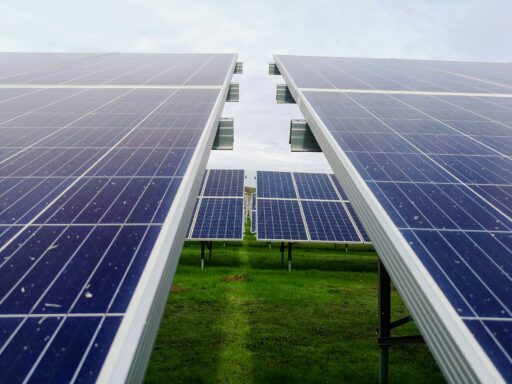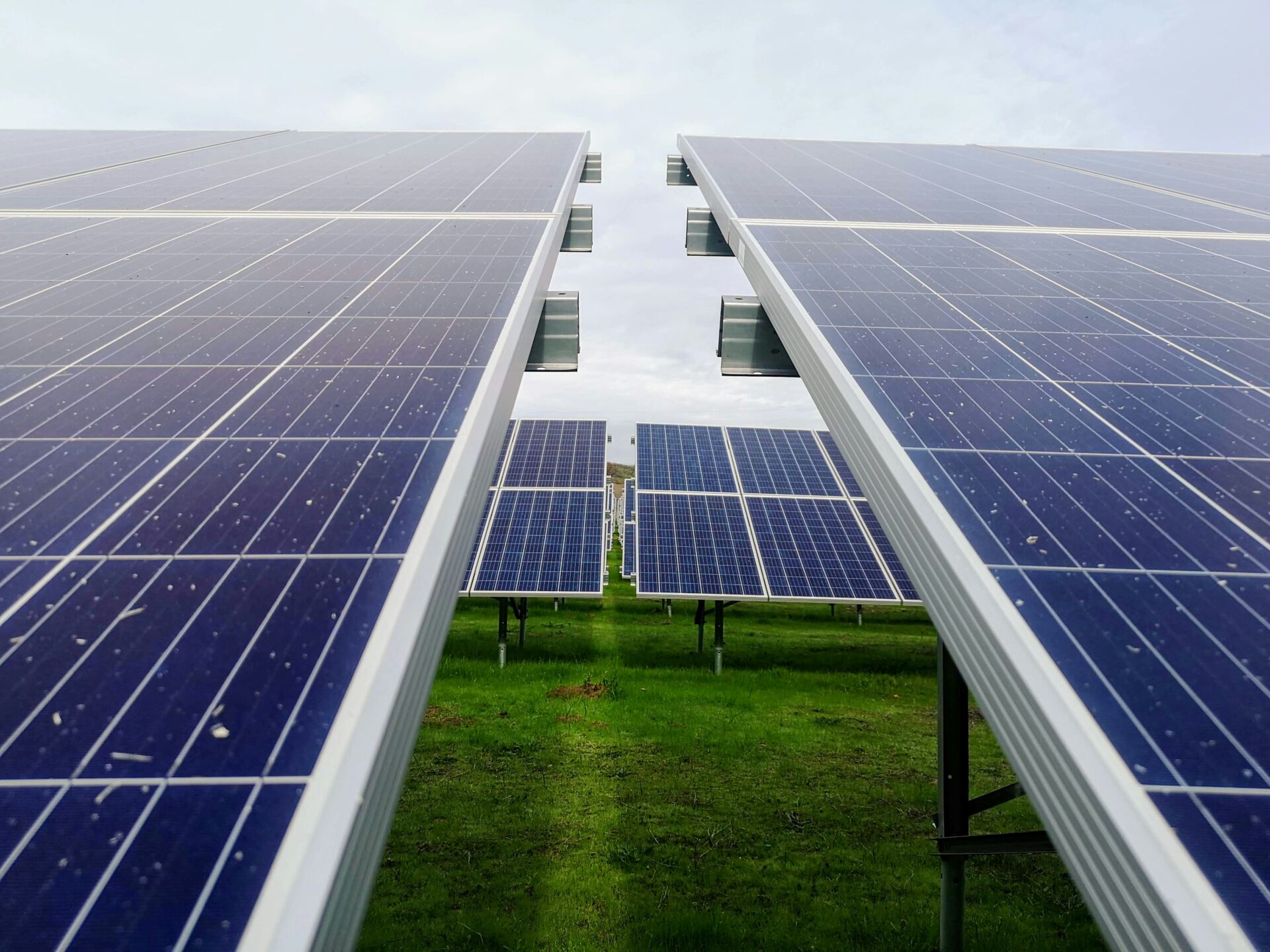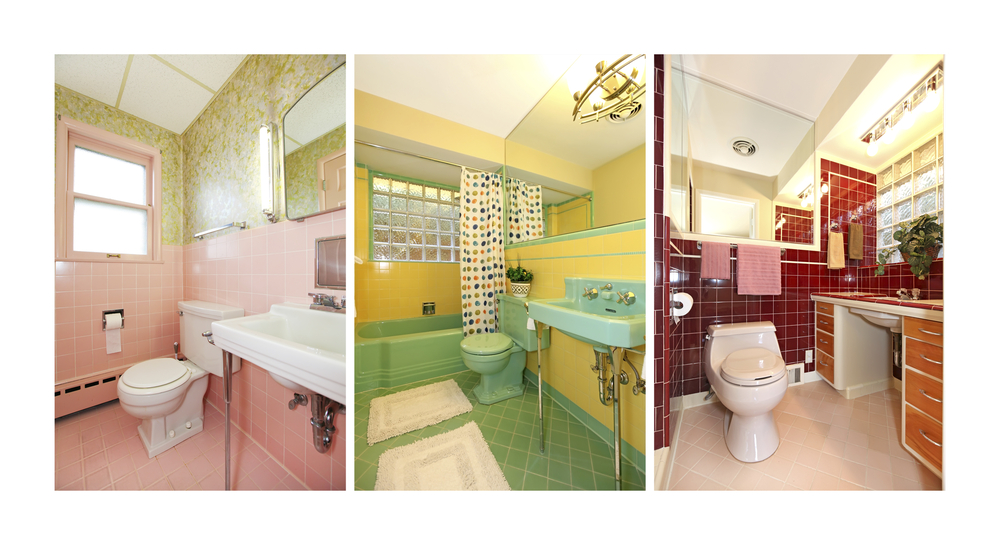In a world where climate change plays a more and more significant role in dictating global temperatures and weather, the impetus for combatting carbon emissions has never been stronger. That is why the search for alternative energy sources – like solar – is more pressing than ever. Maximising the viability of solar energy has been amongst climate change campaigners’ primary concerns. From moving solar panels from land to sea, to improving their portability and efficiency, efforts have been tireless, and the culmination of these efforts has been a constant development and re-evaluation of solar energy use.
Roll-up solar panels
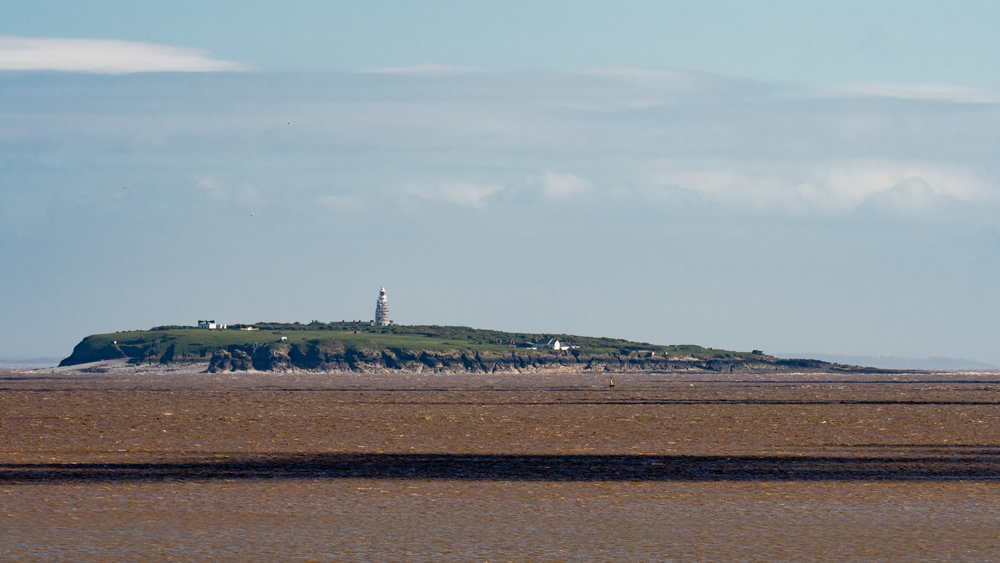
The latest innovation in solar energy comes from a small island off the coast of Cardiff – Flat Holm. It was the site of the first introduction of pioneering solar energy technology. Rapid roll-up solar panels were successfully used to provide the 0.15 mi² island with electricity. While that is no great achievement in itself, the success of the roll-up solar panels lies in its efficiency. Because the panels can be rolled up, up to ten times the amount of power can be stored in the same size standard solar panel. With greater efficiency and ease of movement, roll up solar panels could play a prominent role in a greener, cleaner future.
From land to sea
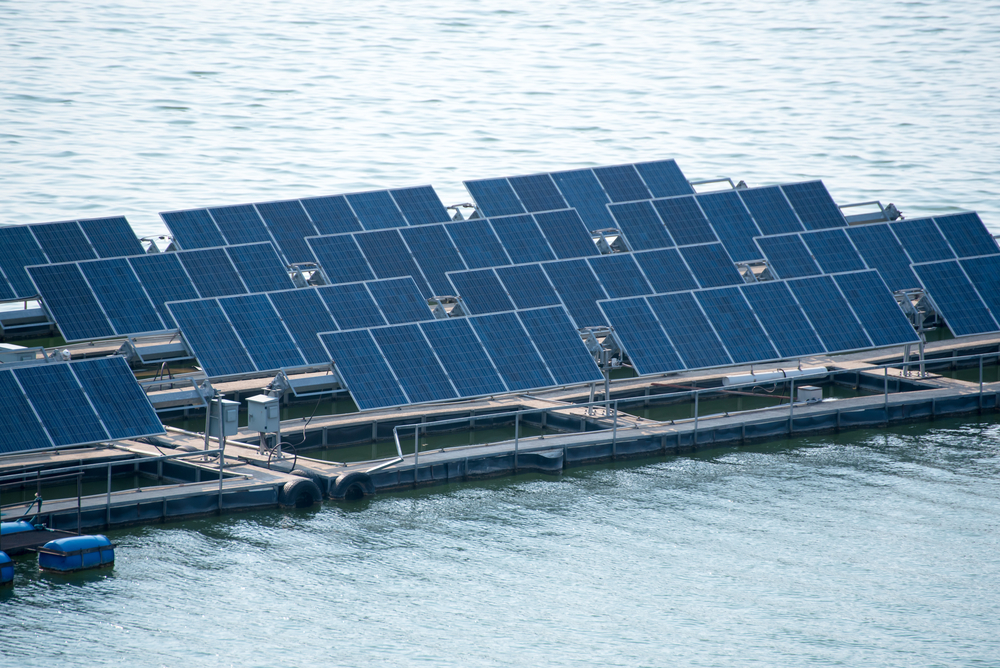
A key area for development when it comes to solar energy is under-utilised bodies of water. Large expanses of water – particularly reservoirs – are just waiting to be adapted to harbour masses of photovoltaic cells all simultaneously harvesting light into electricity. As with all renewable energy resources, China is the global leader. And, with solar, that is no different. Just months ago, China unveiled the world’s largest floating solar power plant with a 40MW capacity – enough to power a small town. To give you an idea of the scale of the Chinese plant, its biggest competitor in second place, is capable of producing a comparatively meagre 6.3MW.
More attractive solar panelling

Part of the reason we haven’t seen solar panelling become widespread throughout cities worldwide has been because they are, admittedly, a bit of an eyesore. Elon Musk has plans to change that. August of this year marked the first time Tesla’s SolarCity tiles were fitted onto a house and began generating electricity. Available in four different designs, including one remarkably similar to conventional roof tiles, they are intended to remove any reservations that homeowners would otherwise have about the visual appearance of solar panelling. Apparently, they are also extremely durable – Tesla have claimed they are three times as strong as standard roofing tiles whilst weighing half as much.
Zilmet SOLAR
Harnessing solar energy requires equipment that is built to withstand high temperatures. The SOLAR range from Zilmet is custom built to withstand temperatures of up to 212°F, ensuring the pumps, fitting and gaskets that reside above the tank membrane remain properly protected.

